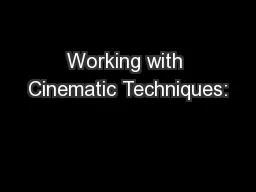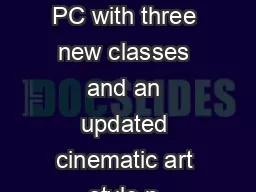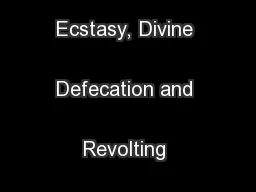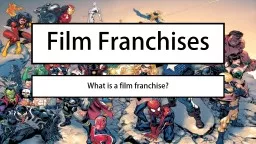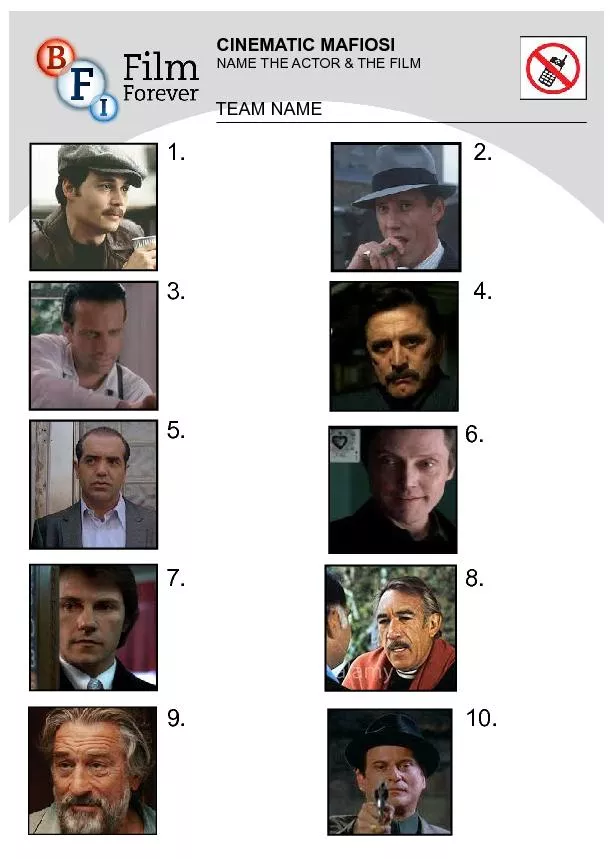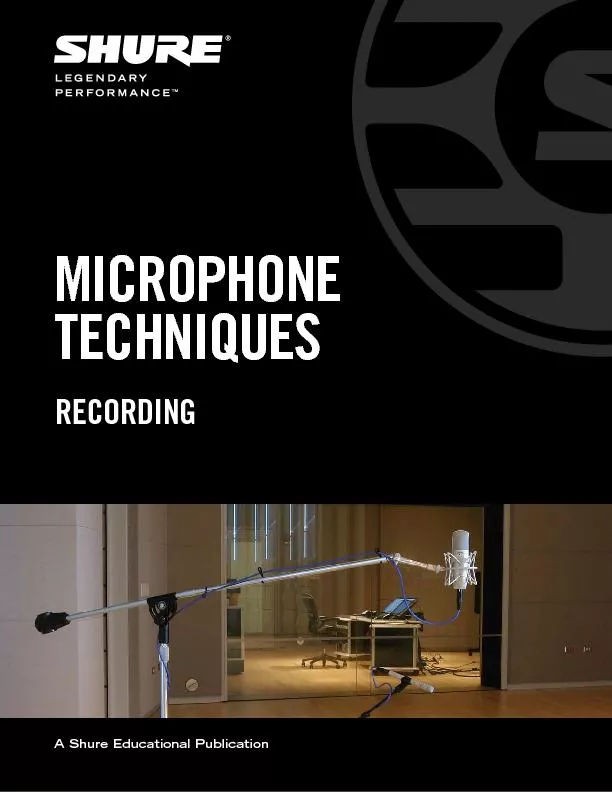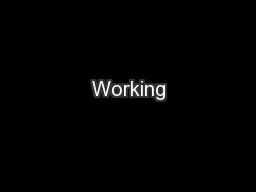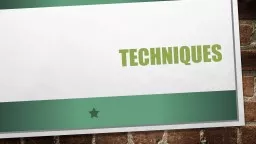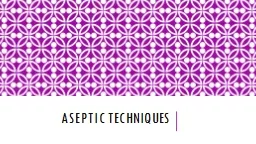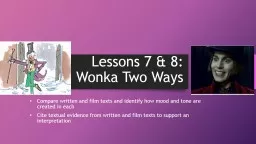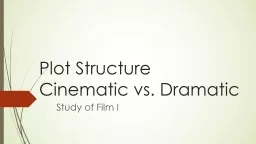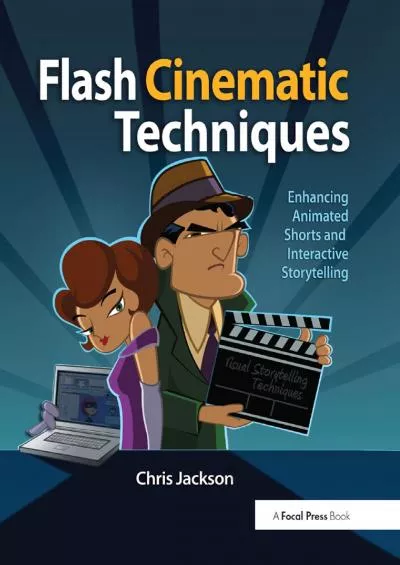PPT-Working with Cinematic Techniques:
Author : calandra-battersby | Published Date : 2016-09-16
212 Purpose Identify cinematic techniques and explain the effects in visual texts Cinematic Techniques This handout is precious and must be kept safely in your
Presentation Embed Code
Download Presentation
Download Presentation The PPT/PDF document "Working with Cinematic Techniques:" is the property of its rightful owner. Permission is granted to download and print the materials on this website for personal, non-commercial use only, and to display it on your personal computer provided you do not modify the materials and that you retain all copyright notices contained in the materials. By downloading content from our website, you accept the terms of this agreement.
Working with Cinematic Techniques:: Transcript
Download Rules Of Document
"Working with Cinematic Techniques:"The content belongs to its owner. You may download and print it for personal use, without modification, and keep all copyright notices. By downloading, you agree to these terms.
Related Documents

